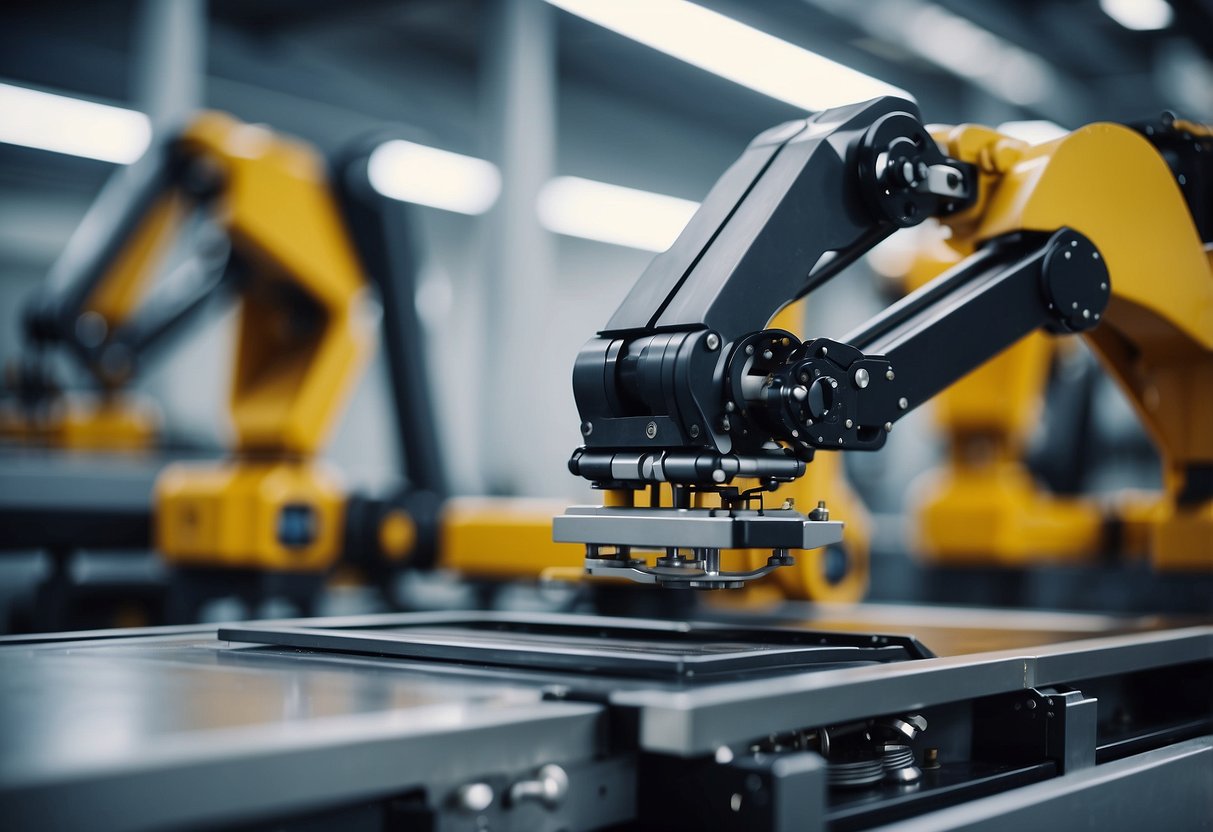
Case Studies: Vehicle Parts Produced with 3D Printing
3D printing is being leveraged to create prototypes, end-use production parts, and custom tooling for vehicle manufacturing. By focusing on these areas, car manufacturers are optimizing their processes and accelerating innovation.
Prototypes
Car manufacturers often utilize 3D printing to create prototypes of vehicle parts. This approach allows for rapid design iterations, reducing the time to market. For instance, Ford’s Research and Advanced Engineering team uses 3D printing to produce functional prototypes of engine components. These prototypes undergo rigorous testing to ensure they meet performance and reliability standards before moving to mass production.
BMW is another example. They employ 3D printing to develop prototypes for both exterior and interior parts. This technique allows for an accurate assessment of fit, form, and function without the need for expensive molds or tools. By using 3D printing, companies can experiment with innovative designs and materials that would otherwise be too costly or time-consuming.
End-Use Production Parts
In some cases, 3D printing is used to manufacture end-use parts for vehicles. This is particularly valuable for producing complex or low-volume parts. Porsche, for example, utilizes 3D printing to create spare parts for its classic cars. This method ensures that parts are available even for older models with limited demand, helping maintain vehicle authenticity.
Similarly, Bugatti has produced titanium brake calipers using 3D printing. The lightweight and strong caliper is both functional and aesthetically pleasing, showcasing the potential of additive manufacturing in producing performance-critical components. This application demonstrates how 3D printing can combine high strength with reduced weight, enhancing vehicle performance.
Custom Tooling
Custom tooling is another significant application of 3D printing in car manufacturing. Tools, jigs, and fixtures crucial for the assembly line can be rapidly produced and customized as needed. General Motors employs 3D printing to create tooling aids, which significantly cuts down on production time and cost.
In addition, Audi has implemented 3D printing for making customized assembly tools and fixtures. These tools are tailored to specific production tasks, improving efficiency and precision. The ability to quickly produce bespoke tools enables manufacturers to adapt swiftly to design changes or optimize assembly processes, ultimately contributing to more streamlined operations.
Cost Analysis of 3D Printing in Automotive Manufacturing
3D printing has the potential to significantly reduce costs in car manufacturing. The primary savings come from reduced material waste. Traditional manufacturing methods often involve subtractive processes, where excess material is cut away. In contrast, 3D printing builds components layer by layer, using only the exact amount of material required.
Additionally, 3D printing can decrease labor costs. Automated production means fewer workers are needed for assembly. Labor-intensive tasks that previously required skilled workers can now be handled by machines, leading to cost reductions.
Another cost-saving aspect is the reduced need for physical inventory. Instead of storing large quantities of parts, manufacturers can print them on demand. This reduces storage costs and minimizes the capital tied up in inventory.
The flexibility of 3D printing also allows for rapid prototyping. Manufacturers can quickly create and test new designs without the need for expensive molds or tools. This speeds up the development process and lowers the cost of innovation.
While there are notable cost-saving benefits, initial investments in 3D printing technology can be high. The equipment and materials needed are expensive. However, these costs are slowly decreasing as the technology advances and becomes more widely adopted.
Furthermore, energy consumption is another consideration. 3D printers can be energy-intensive, which may negate some cost benefits in terms of operational expenses.
Overall, the cost analysis of 3D printing in automotive manufacturing reveals substantial potential for savings, particularly in material use, labor, and inventory management.



